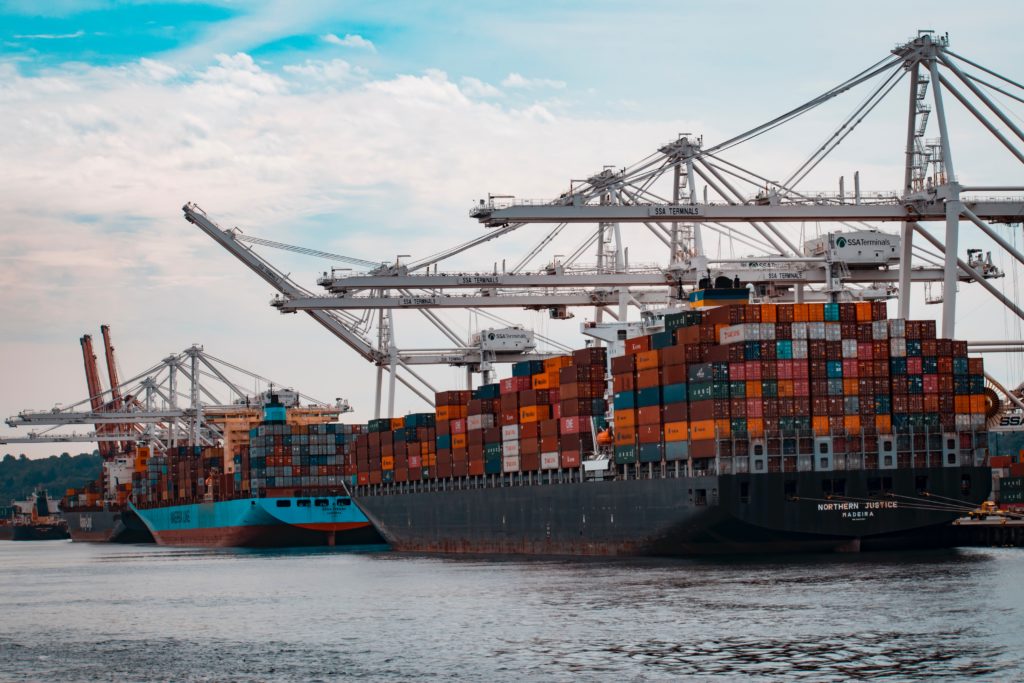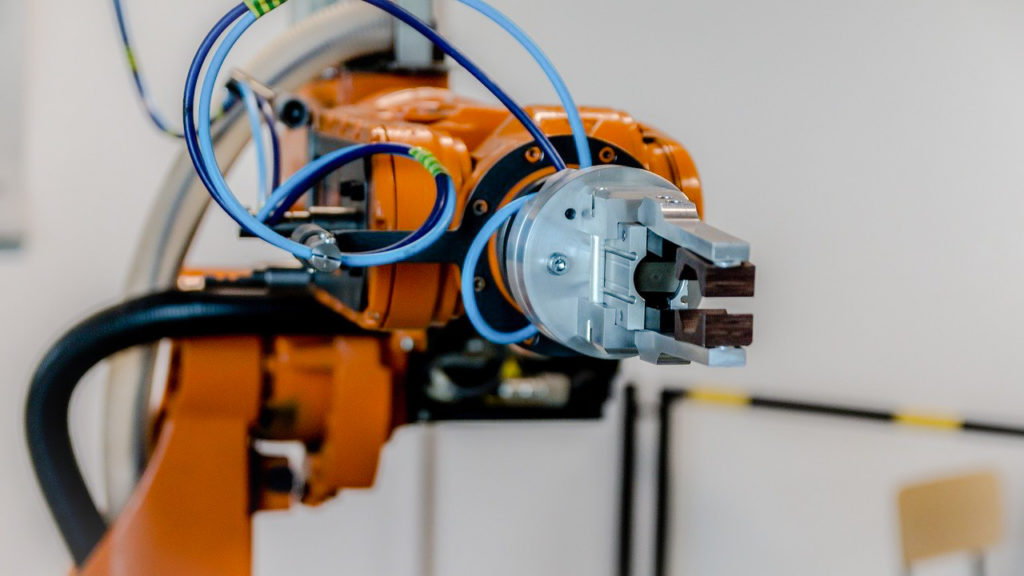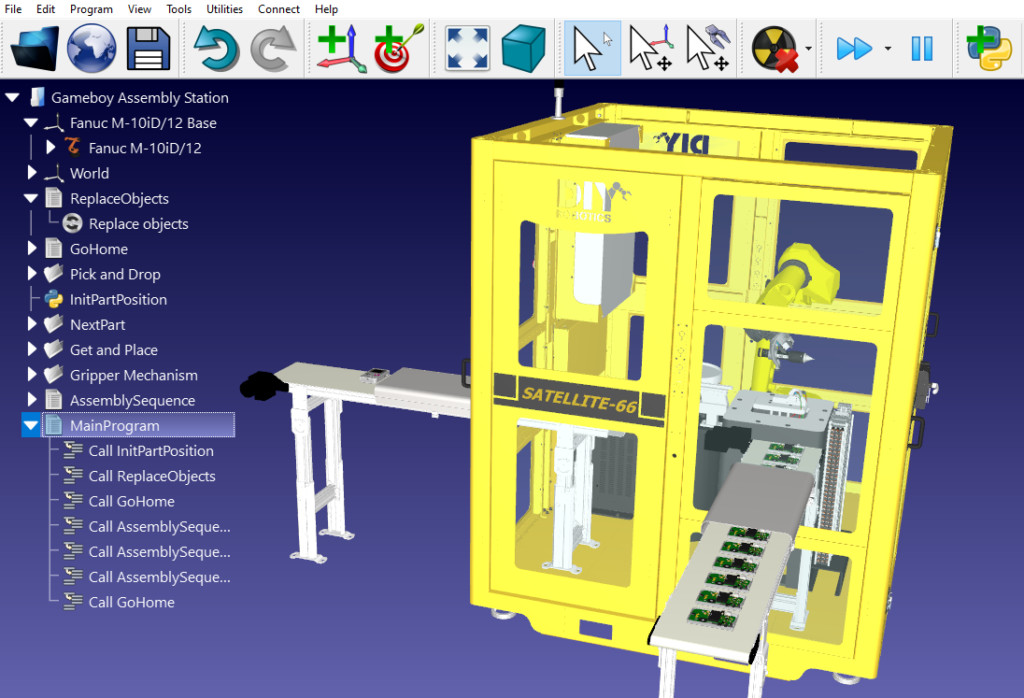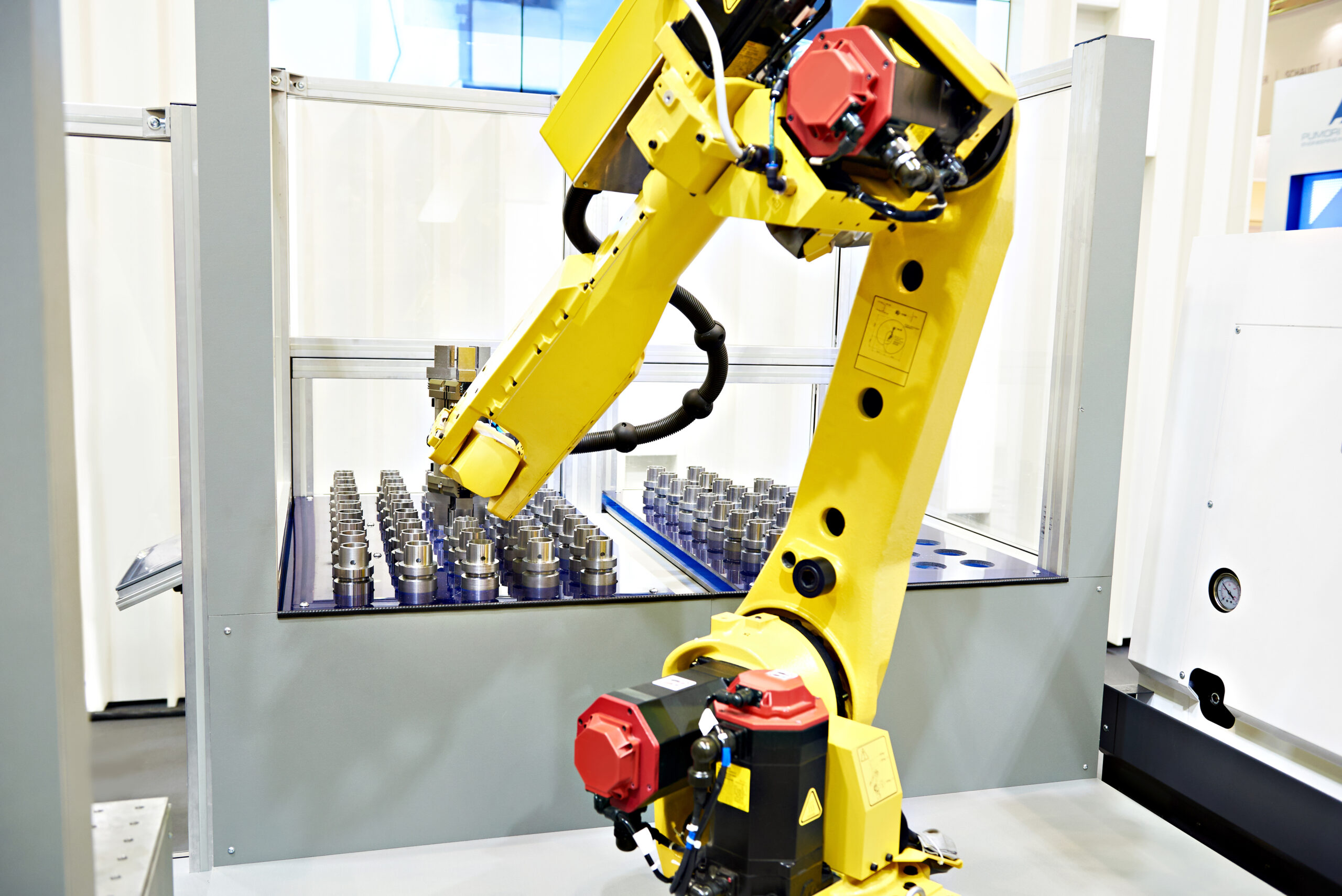Maybe your offshored operations are not as reliable as they used to be.
Maybe new trade tariffs have made offshoring less viable.
Or maybe the trade routes have stopped.
You find yourself looking at your budget and operations sheets and thinking: Isn’t there another way I could produce these products!?
But, offshoring has been part of your business for a long time. Is it even possible to produce these items locally?
These are common concerns for many manufacturers at the moment. Over the last decade or so, the practice of moving parts of our business far abroad has lost some of the competitive advantages that it once had (people were already starting to notice this change back in 2011).
When international trade becomes affected by the changing global situation, as has happened a lot over the last year or so, suddenly offshoring doesn’t look as positive as it once did.
But, it’s tough to know what your alternatives are. Many manufacturers rely on offshoring because it’s so much cheaper than producing locally.
Is there really a viable alternative?
What Do You Do When Offshoring Goes Bad?
When supply lines dry up, manufacturing businesses can quickly grind to a halt. We become stuck, unable to move forward with our operations but not knowing the best course of action.

We might just resign ourselves to the fact that we will have to wait until everything “sorts itself out.” We hope that everything will go back to the way it was when the current global problem is resolved, whatever the current problem is at the time.
Or, we might decide to shoulder the high cost of using other, less than ideal, suppliers for the items we usually produce offshore. We feel that it’s better to keep manufacturing our product than to sit twiddling our thumbs doing nothing. If that means making a loss, we’ll just have to accept it.
There’s no other solution, right?
The Strengthening Case for Onshoring
There is another alternative.
Over the last few years, there has been a growing trend for manufacturers “coming back home.” Although many people think that producing locally is restrictively high, the case for onshoring gets stronger every day.
The benefits of onshoring include better control of intellectual property, product quality, and overheads.
Despite the fact that people have been extolling the virtues of onshoring for almost a decade, it is only now that the tide is finally beginning to turn.
What is Onshoring?
Onshoring (aka reshoring) means moving business operations that were previously moved overseas back to the country where the company is based. It can be distinguished from terms like offshoring (moving the operations abroad), nearshoring (moving the operations to a nearby country), and outsourcing (moving operations to a local external supplier).
For a more detailed description of each of the terms, check out this blog post.
Why Robots Help to Make Onshoring Feasible
The traditional problem with onshoring is that it’s seen as being too expensive. The type of manufacturing processes that are often offshored are those which require cheaper labor to be feasible.
Many people believe that producing everything locally means spending more money on labor and other costs associated with the manufacturing process. This belief is understandable, but it’s no longer true.
Traditionally, offshoring meant lower costs, cheaper labor, and 24/7 production. These benefits may be why you moved your operations abroad in the first place. However, there is one technology that can bring the same benefits to local production: robotics.

Robots allow you to improve productivity without increasing labor costs. You can run robots 24/7 without spending hefty amounts on overtime. You can automate the tasks that otherwise would be too dull, dirty, or dangerous for your local workers. Using robots to onshore work can actually end up cutting costs and reducing stress!
People sometimes worry that robots will “take over their jobs.” However, if a robot is bringing work back from abroad, they create more jobs locally. When done correctly, it’s a win-win scenario.
How to Start Onshoring With Robots
Here are some steps that you can take to get started thinking about onshoring with robots:
1. Identify the tasks you currently offshore
Look at all of the manufacturing operations that are currently done offshore. In particular, identify those which are currently looking less viable than they did when you started offshoring them.
Identify what manufacturing tasks are involved in each of the operations. What type of tasks are they? What steps do they involve? Which tools are used to complete them?
2. Consider which tasks must be offshored
Look over your list and identify which operations absolutely must be done offshore. At this point, don’t get stuck on whether or not it’s feasible to complete them locally and don’t get stuck thinking about the cost.
Just identify which tasks must be done offshore for one reason or another.
3. Find which tasks can be automated
Of the operations that don’t necessarily need to be done offshore, identify which could be automated.
First, ask: are any of these tasks automated already? Many tasks can be automated with a robot, including machining, painting, inspection, finishing, and many more.

4. Make a pilot project in software
Now it comes time to start thinking seriously about the feasibility of doing your chosen tasks locally. A great way to do this is to start a pilot project, first in simulation and then with a physical robot.
Pick one of the tasks you’ve identified that would make a big difference to your current situation if it were done locally instead of offshore and you think could be automated. Then, create a virtual mockup of the task using a robot simulator. This will give you a good idea of what is possible.
5. Integrate the tasks locally
Finally, when you have identified some tasks that can be automated and created your virtual simulation, you can get started integrating it into your local operations.
Start small, with one or two tasks, and assess their success before you try to bring every task “back home.”
Get Started Today
Of course, right now might not be the best time for you to start putting robots physically into your factory. But, you can certainly get a simulated pilot project up and running even if you have to wait for the final step.
This guide can help you get started with your automation projects.
What tasks could you bring onshore? Tell us in the comments below or join the discussion on LinkedIn, Twitter, Facebook, Instagram or in the RoboDK Forum.




